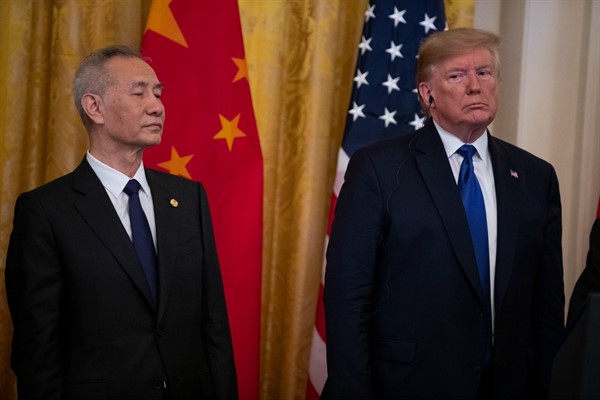The global, rules-based trading system that the United States helped to create after World War II is in deep trouble. President Donald Trump had already spent the past three years sparking trade wars and undermining the World Trade Organization. Then, the COVID-19 pandemic struck, hammering economies and sharply reducing trade flows worldwide. Panicked governments, including in Washington, have imposed export restrictions on critical medical supplies and, in some cases, food. To make things even worse, the White House has blocked the normal process for settling trade disputes, just when it is needed most.
Because of the concerns about hosting large events while the novel coronavirus is still spreading, the WTO in April cancelled its biennial ministerial conference scheduled for this month. It is where members typically make important decisions and set the agenda for the next two years. In a further disruption, in May, the WTO’s director-general, Roberto Azevedo of Brazil, announced that he would be leaving his post at the end of August, cutting his second term short by a year.
Azevedo’s resignation offers an opportunity for the WTO to reinvent itself, if it can find the right leader. But that won’t be easy, as there are differences across various regions and between developed and developing countries over whose turn it is to lead the WTO. The first leadership selection in 1994, when the WTO replaced the postwar General Agreement on Tariffs and Trade, resulted in the European Union’s candidate, Renato Ruggiero of Italy, becoming director-general. The next round came down to a choice between Mike Moore of New Zealand and Supachai Panitchpakdi of Thailand. When consensus proved impossible, WTO members agreed that the two candidates should split a six-year term, longer than the usual four years. Since then, it has become a tradition to alternate the position between candidates from advanced economies and those from developing regions.

